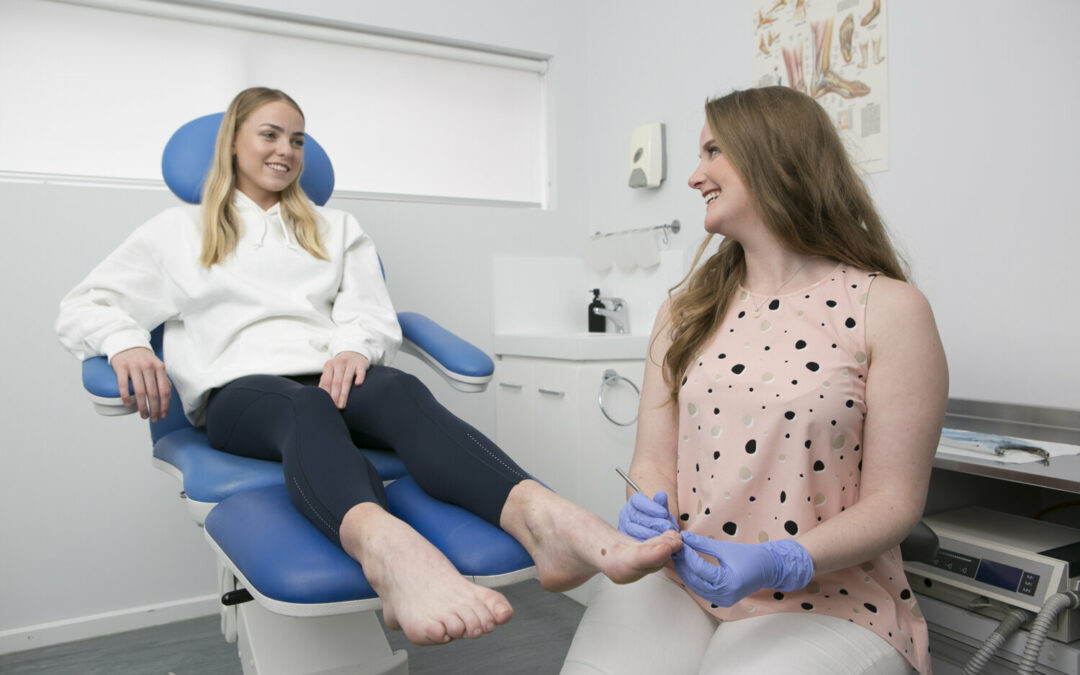Chilblains often present as red, swollen, itchy patches of skin that are often seen on the extremities such as toes, fingertips, ears and nose.
Chilblains tend to flare up in winter or in colder climates. Chilblains are uncomfortable but in most cases, chilblains will not cause any permanent damage to tissue; although in severe cases, they can lead to ulceration.
Chilblains occur when the small blood vessels in the extremities are exposed to extreme temperature changes. The body’s circulatory system is made up of arteries, veins and capillaries. Capillaries are the smallest and most fragile vessels used to transport blood around the body. In hot conditions the blood vessels close to the surface of the skin allowing excess heat to be lost into the air cooling the body. In contrast when it is cold, these blood vessels constrict to reduce blood flow to these areas and in turn reduce the amount of heat lost from the body. Due to the fragility of the capillaries these rapid temperature changes can lead to damage of these vessels.
Many chilblains can be treated at home, as well as keeping the body warm and at a constant temperature you can also:
The best way to avoid chilblains is to keep your body including your extremities at a constant temperature. To help achieve this temperature balance, you may want to:
-
Avoid walking around barefoot especially in winter
-
Refrain from warming your feet up rapidly, by using a heater or hot water bottle
-
Wear slippers or woollen socks
-
Massage your feet to increase circulation and to help warm your feet
-
Make sure shoes are well fitted and not too tight as this will further reduce the circulation to your extremities
Many chilblains can be treated at home, as well as keeping the body warm and at a constant temperature you can also:
-
Use creams with heat in them, such as deep heat or Vicks vapour rub to increase circulation around your chilblains
-
Avoid scratching as this can lead to damage of the fragile skin and risk of infections
-
If a break in the skin occurs, make sure it is dressed with antiseptic to reduce the risk of infection
Please consult your podiatrist for management of your chilblains if the tissue becomes ulcerated, there is an increase in pain, or it is limiting your daily activities

